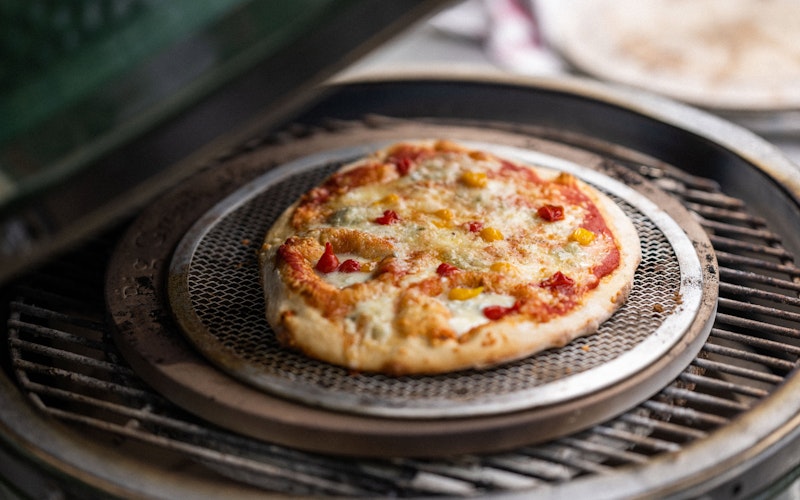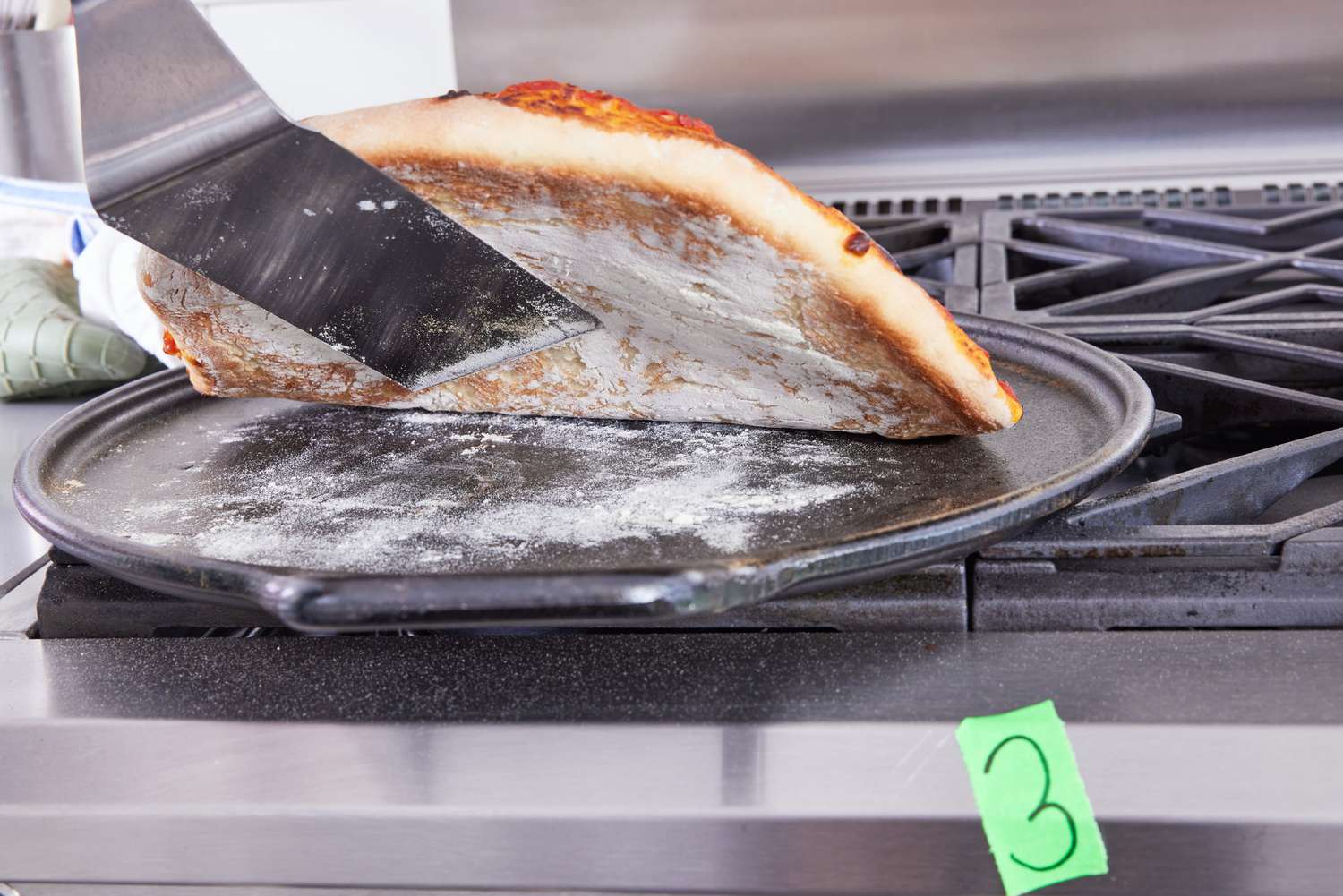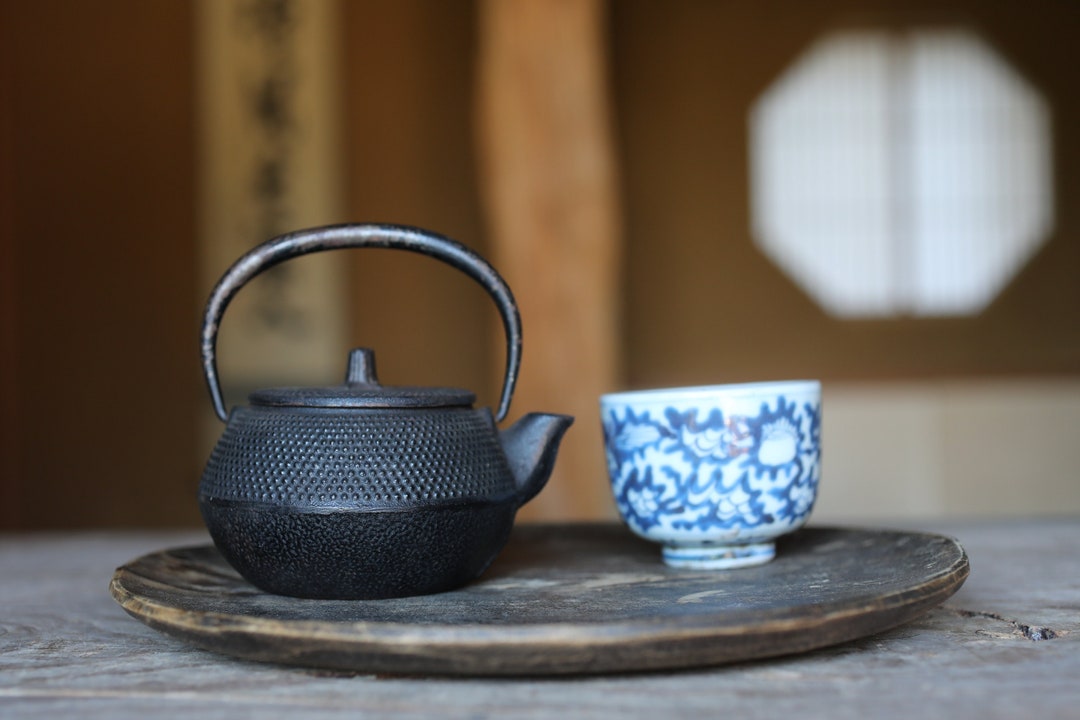For culinary enthusiasts and kitchen professionals eager to elevate their skills, baking frozen pizza on a stone is an invaluable technique to learn. This classic method not only enhances the flavors but also transforms your average frozen pizza into a restaurant-quality dish. From achieving an irresistibly crispy crust to enhancing the overall taste, using a baking stone offers considerable advantages that can significantly improve your results. In this article, we'll explore the intricacies of this method and provide practical tips to help you succeed.

The Science of Pizza Stone Baking
Grasping the science behind pizza stone baking is vital for anyone looking to upgrade their cooking skills. A pizza stone, typically crafted from materials like ceramic or cordierite, serves as a heat-retaining surface. When heated, it distributes heat uniformly across the pizza, simulating the environment of a traditional brick oven. This consistent heating allows for a quicker bake and guarantees a perfectly crispy crust while ensuring the toppings cook properly.
Selecting the Ideal Stone
When it comes to baking frozen pizza, the choice of stone is important. Consider factors such as material, thickness, and size. Ceramic stones are great for absorbing moisture, while cordierite stones excel in both durability and heat retention. A thicker stone typically retains heat more effectively but will need more time to preheat. To learn more about choosing the best stone, check out Flavory Cooking. It's also essential that the stone fits well in your oven for optimal performance.
Perfect Steps for Baking Frozen Pizza on Stone
Efficiency and precision are key for kitchen professionals seeking great results. Here's a straightforward guide to baking frozen pizza on stone:
- Preheat the Stone: Set your oven to at least 500F (260C) and let the stone heat for approximately 30 minutes. This allows the stone to reach the proper temperature for even crust baking.
- Prepare Your Pizza: Take your frozen pizza out of its packaging and let it sit at room temperature for a few minutes. This step helps avoid a soggy crust.
- Careful Transfer: Use a pizza peel or a flat baking sheet to shift the pizza onto the hot stone promptly and safely.
- Bake to Perfection: Monitor the pizza as it bakes, rotating it if needed for uniform cooking. Typically, the bake time ranges from 8 to 12 minutes, depending on the thickness of the crust and toppings.
Expert Tips for Professionals
Experienced chefs should consider additional tips for the best results. For added flavor, try incorporating fresh herbs or a sprinkle of cheese just before finishing the bake. Moreover, allow the pizza to rest for a few moments after baking to let the toppings settle. These minor adjustments can greatly enhance the taste and presentation of your pizza.
To delve deeper into baking techniques, you might want to visit Bucket of Bread, which offers extensive insights on cooking with various types of stones.
Addressing Common Challenges
While baking frozen pizza on stone is generally straightforward, you may encounter some challenges along the way. A frequent issue is ensuring even baking across the pizza. This can often be resolved by maintaining a consistent stone temperature and prompt handling. Cleaning and maintaining the stone can also pose a challenge after use. For tailored advice on care and upkeep, consider checking out Baking Bites.
Conclusion
Baking frozen pizza on stone is a straightforward yet powerful technique that can significantly enhance results for kitchen professionals. Success lies in meticulous preparation and a solid grasp of the baking process. By implementing these tips and insights, cooks can offer their customers pizzas that are not just delicious, but also a notch above the usual offerings.

Frequently Asked Questions
What thickness is best for a pizza stone?
The ideal thickness typically ranges from 1/2 inch to 1 inch; thicker stones provide better heat retention.
What temperature should I preheat to?
For optimal results, preheat your oven to at least 500F (260C) to ensure even heat distribution.
Can other dishes be prepared on a pizza stone?
Absolutely! Pizza stones are versatile and can be used for a variety of baked goods, including breads and pastries.
This article contains affiliate links. We may earn a commission at no extra cost to you.





Leave a comment
This site is protected by hCaptcha and the hCaptcha Privacy Policy and Terms of Service apply.